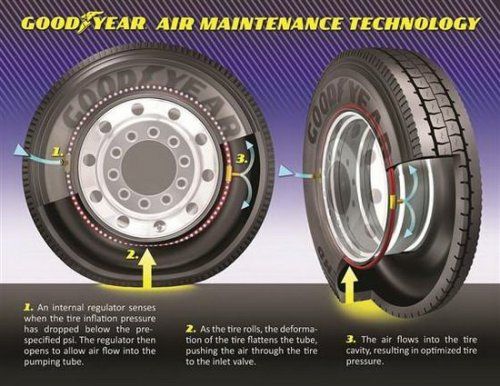Maintaining correct tire inflation pressure is very important since it helps optimize tire performance and fuel economy while over-inflated tires are just as problematic as under-inflated ones.
In fact, driving with under-inflated tires is one of the biggest causes of tire failure, according to the National Highway Traffic Safety Administration.
Besides, under-inflated tires can cause many other problems such as wearing out more rapidly, handling poorly and reducing fuel efficiency.
In addition, over-inflated tires are more susceptible to damage from road irregularities, and this also creates a bumpier ride.
Overfilling your tires is just as dangerous as under-filling them, so it’s important you know what is recommended for your vehicle.
This article will give you everything that you need know about your recommended tire pressure. These include:
Buy Pressure Gauge at Amazon
Recommended tire pressure, where to find it?Since tire pressure is so important to your safety and your car’s overall performance, it is important to know which level of tire pressure is right for your vehicle.
In fact, how much air pressure your tires need depends on several factors, including the type of vehicle, the type of tire and the intended use of the vehicle etc.
Air pressure in tires is measured in pounds per square inch or PSI. You can find your tire pressure both inside your car and on the sidewall of the tire.
How to find recommended tire pressure inside your carYou could find the manufacturer’s optimum or recommended tire pressure for your car on a sticker in the door jam, or in your owner’s manual. Some car models even place the stickers on the trunk lid, in the console or on the fuel door. For best results, look for a placard on the inside of the driver’s door, like the example in the photo below.
How to find maximum tire pressure on the sidewall of your tiresSomewhere on the sidewall of your tire, just below the big, bold letters of the manufacturer, for example, you might have noticed the words ‘Max. Press. 35 PSI.’ (pounds per square inch).
Press. 35 PSI.’ (pounds per square inch).
That number tells you the maximum cold pressure needed for your tire to carry its maximum load.
Most typical tires require about 32 to 35 pounds per square inch (PSI) of air, says Rod Tate, owner of highly rated Colony One Auto Center in Stafford, Texas.
Large trucks require much larger tires with PSIs of 50 to 60. Heavy-duty vehicles can go even higher. For example, tire in the picture below requires 41 pounds per square inch of air.
However, the tire’s maximum pressure is NOT necessarily the most suitable pressure for every vehicle upon which the tire can be used (almost all vehicle manufacturers’ recommended tire inflation pressures are less than the tires’ maximum pressure).
You really should follow the recommended pressure printed somewhere inside your car or in the manual rather than the maximum pressure. In the next section, I will explain why.
Buy Pressure Gauge at Amazon
Why is maximum tire pressure not the best?If you insist on inflating your tires to the max PSI, there will be more likely that two things below will happen
Since tires inflated to the max cannot give as much on the sidewall, you might see superior cornering, but it could be at the risk of your braking threshold.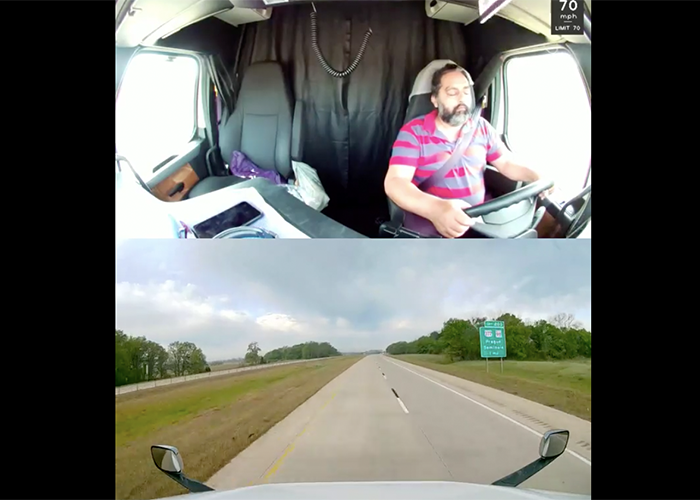 One quick corner and your back end could slide out.
One quick corner and your back end could slide out.
When your tires are inflated too much, the rubber rounds out at the top of the tire when you are driving, and the center will quickly wear out. You will also reduce your traction and you could even cause a blowout.
Therefore, maximum pressure is not the best, rather, recommended pressure is. I need to repeat here that the pressure listed on the sidewall is a maximum pressure only, but not a recommended pressure. Instead, you should use the air pressure recommended in the vehicle’s owner’s manual or tire information placard label.
How to check your tires pressure?Therefore, maximum pressure is not the best, rather, recommended pressure is. I need to repeat here that the pressure listed on the sidewall is a maximum pressure only, but not a recommended pressure.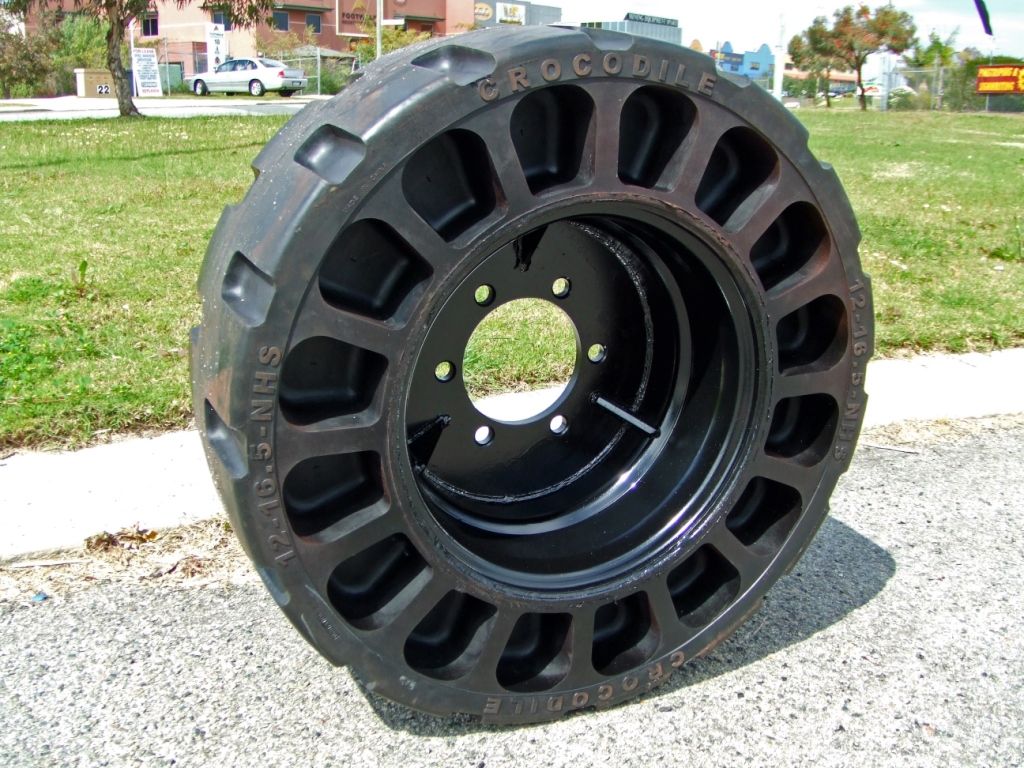 Instead, you should use the air pressure recommended in the vehicle’s owner’s manual or tire information placard label.
Instead, you should use the air pressure recommended in the vehicle’s owner’s manual or tire information placard label.
After knowing the most appropriate pressure for your car tires, you should check whether your tires have such pressure. In addition, checking the pressure of your tires regularly is one of the most important – and most often overlooked – regular maintenance that you should do to ensure your safety and quality of your driving. Monitoring the amount of air in your tires will let you know if you have a small leak and can help you avoid an unexpected flat tire.
Frequently checking your PSI becomes even more important in the fall and winter, when outside temperatures drop and weather conditions fluctuate causing your tires to lose air more quickly. Generally speaking, your tire will gain or lose one PSI for every 10-degree change in temperature, which means if you have a sudden drop of 30 degrees, you could lose three PSI overnight. If your tires were already low, this could cause tire damage, steering problems or even a flat tire.
Some experts recommend that you should check the air pressure every time you refuel; others say once a month is sufficient.
How to check tire pressure properly? Checking tire pressure is easy. You can do it right at home or at the gas station. Just be sure you check the pressure when your tires are cold, or have not been driven in several hours. This will give you the most accurate reading.
The most important piece of equipment you need is an accurate tire pressure gauge. You can find battery-operated digital gauges, or more traditional stick-type gauge found at most gas stations. A good gauge should not set you back more than $15 – a worthwhile investment for a longer life for your tires.
Buy Pressure Gauge at Amazon
Make sure you have your manufacturer’s PSI handy when you are checking your tire pressure, and then follow these steps:

By checking tire pressure once a month, you will get a good idea how they are performing. If your tires are fairly new and continue to leak air, you should consult your dealer or mechanic. You may have a faulty valve or other damage that is difficult to detect which could unfortunately result in the need to replace the tires completely. But with proactive maintenance, you could catch an issue before it becomes a problem, and just end up needing a small repair.
But with proactive maintenance, you could catch an issue before it becomes a problem, and just end up needing a small repair.
Often, it is hard to spot an under-inflated tire until it is too late – in other words, it is completely flat. Of course, you could carry a gauge around at all times to measure the pressure, but that is not exactly convenient. Instead, watch for these signs and symptoms of tires that are under-inflated.
When your tires are under-inflated, your ride can be less smooth than usual. You may even find that it takes longer to brake.
When a tire is not inflated properly, it wears down more quickly. If you notice that one or all of your tires are wearing out faster than usual, it may be because they are under-inflated.
Tires that are under-inflated can make your vehicle quiver and shake, which is not a pleasant driving experience.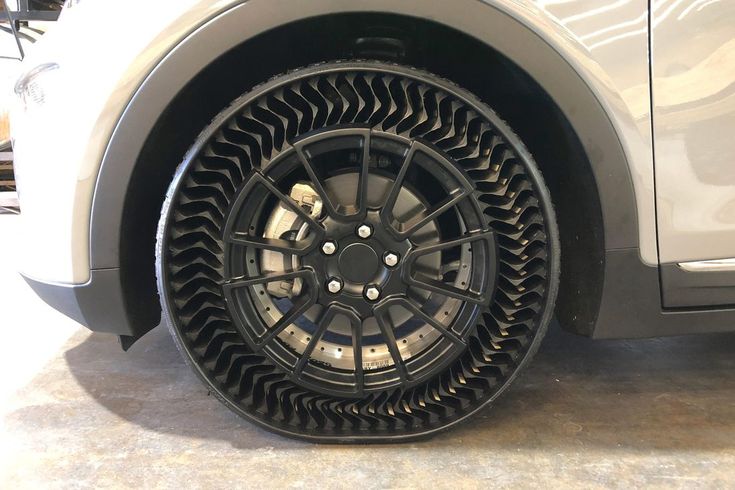 Under-inflation can even cause tires to become misaligned, with comes with it is own variety of problems.
Under-inflation can even cause tires to become misaligned, with comes with it is own variety of problems.
These are all things that you need to know about recommended pressures of your car tires. After reading this article, you will never confuse about the right pressure of your tires and will know how to check it.
Please share your ideas with me if you have other tips for this.
Tire inflation pressure is a real conversation killer at a party, but it’s something fleets should be talking about with their tire vendors, shop personnel, and drivers. Evidence suggests the set-it-and-forget-it, all-position, one-size-fits-all inflation pressure of 100 psi is not the best way to maximize tire value.
The number is easy to remember, but you may be sacrificing miles-per-32nd for the sake of convenience.
Tire inflation pressure affects the footprint of the tire, traction, and tire life. If you are arbitrarily inflating your drive and trailer tires to 100 psi, you might be giving up a little or a lot of both.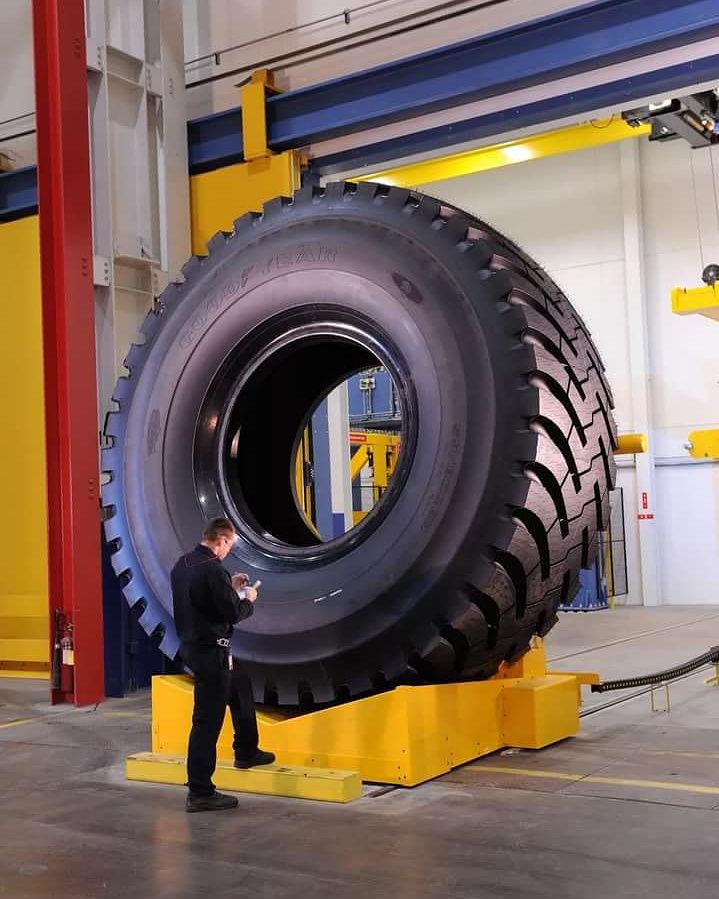 (Photo: Jim Park)
(Photo: Jim Park)The two fleets we interviewed for this article are running 85 psi and 90 psi in their drive and trailer tires in longhaul Canada-U.S. service operating at an 80,000 lb. gross vehicle weight or less. They report tires running out to 400,000 and 500,000 kilometers before coming off the truck. Drive tires running to 800,000 km are not unheard of in these two fleets.
How does one coax more than half a million kilometers out of a set of drive tires? You pay attention to them, advises Mark Reavely, fleet maintenance manager at Trans-Frt McNamara of Ayr, Ontario. His fleet gets 500,000-575,000 km out of drive tires.
The related tire program includes annual three-axle tractor alignment, annual replacement of the shock absorbers, and regular manual tire pressure checks. No tire pressure monitoring system or automatic tire inflation is involved. He runs 85 psi in his drive tires and 90 or 95 psi in his trailer tires, adjusting the pressures for seasonality.
Equalizing pressure between dual tires is the best thing you can do to reduce irregular tire wear. It’s easy with an automatic tire inflation system, but not so easy with drive tires. Even a 5-psi delta can make a difference. (Photo: Jim Park)
It’s easy with an automatic tire inflation system, but not so easy with drive tires. Even a 5-psi delta can make a difference. (Photo: Jim Park)“We worked closely with our tire vendor to come up with those pressures,” Reavely says. “You don’t need anything close to 100 psi with the weights we run, so we discussed what the optimum pressure should be based on their engineering and experience, and 85 psi seems to be the magic number for our drive tires [Bridgestone M760]. We’re getting really even treadwear straight across, and a better footprint on the road.”
Reavely says he hasn’t lost a drive tire to irregular wear since 2018, and he doesn’t see the stone drilling issues other fleets report with those tires.
Similarly, Brad Summers, the shop manager at Liberty Linehaul — also of Ayr, Ontario — runs 90 psi in both his drive and trailer tires. He says it’s all about the tire’s footprint or contact patch.
“A flat, square footprint is what you want for even tread wear,” Summers says. “If you over-inflate the tire, the footprint becomes rounded at the sides and the front and rear. If you see a rounded footprint, you are going to get irregular wear on the edges, which shortens tire life, and you get less traction because the portion of the tire in contact with the road is smaller, especially when you’re lightly loaded.”
“If you over-inflate the tire, the footprint becomes rounded at the sides and the front and rear. If you see a rounded footprint, you are going to get irregular wear on the edges, which shortens tire life, and you get less traction because the portion of the tire in contact with the road is smaller, especially when you’re lightly loaded.”
Summers’ fleet target for drive tire life is 450,000 to 500,000 km, and he hardly ever sees tires that deliver less. When they do, it’s usually because of some external factor, such as an alignment problem or a road hazard. He too consults heavily with his tire vendor, and together they worked out the optimum pressure of 90 psi.
“Talk to your vendor and get them to show you pictures of the footprints at various pressure and you can see the difference clearly,” he says. “The tire companies have that information. It can help determine the best inflation pressure for your loads based on the load and inflation tables.”
Dropping drive and trailer tire inflation pressure to something less than 100 psi might seem like heresy in some circles, but there is technically no need to inflate tires to a higher pressure than what’s needed to support the load on the tire.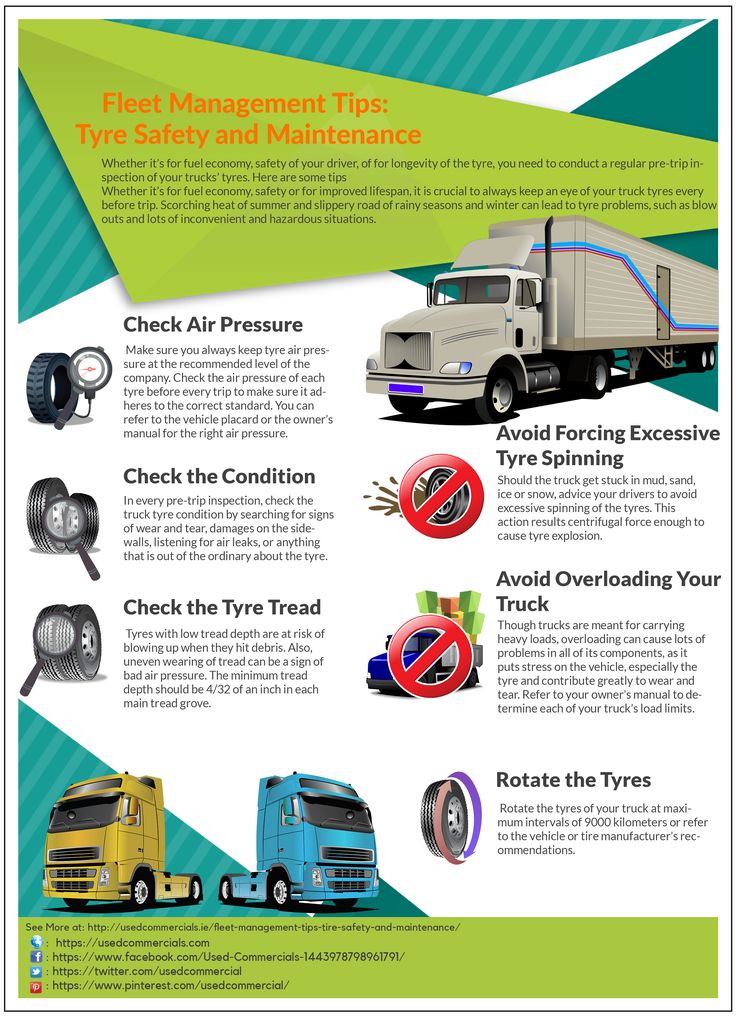 There are drawbacks to both over- and under-inflating drive and trailer tires.
There are drawbacks to both over- and under-inflating drive and trailer tires.
Steer tires are different, they generally need every pound of pressure they can get.
At 100 psi, most steer tires are underinflated, some dangerously so. Check your steer axle weight to see what tire loads actually are, and inflate the tires accordingly. (Photo: Jim Park)To understand inflation pressure, you have to understand that it’s not the tire itself that supports the load, but the air inside the tire. The higher the pressure, the heavier the load the tire can support.
The volume of air in the tire matters, too. Tires with a larger internal volume can support greater loads at similar pressures. For example, based on Continental Tire’s load and inflation tables, an 11R24.5 tire at 90 psi can support 5,840 lb. An 11R22.5 tire can support 5,510 lb., while a 275/80R22.5 tire can handle 5,370 lb.
The same table indicates that an 11R22.5 tire at 100 psi in a dual configuration can support 5,625 lb.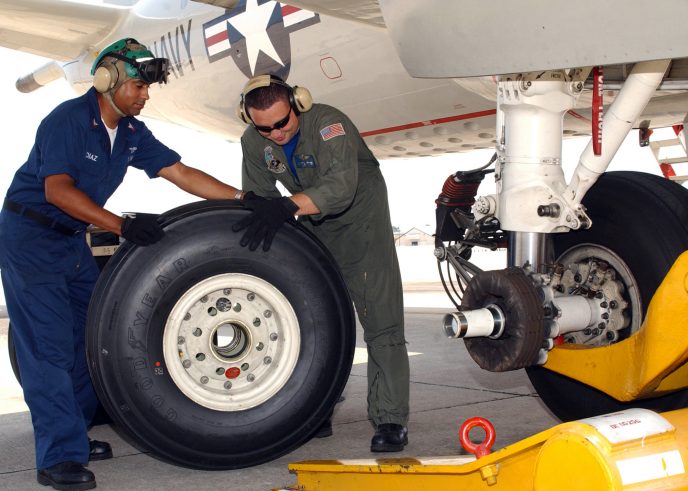 Now, consider the actual load on a tire. In a dual configuration on a tandem axle in the U.S., where the maximum legal axle group load is 34,000 lb., the maximum load on any one of the eight tires in the tandem group would be just 4,250 lb.
Now, consider the actual load on a tire. In a dual configuration on a tandem axle in the U.S., where the maximum legal axle group load is 34,000 lb., the maximum load on any one of the eight tires in the tandem group would be just 4,250 lb.
In most of Canada where the tandem group weight limit is 17,000 kg (37,500 lb.), single tire loads in dual configuration will not exceed 4,690 lb. That’s significantly less than the tire’s weight-bearing capacity at 100 psi. In both the U.S. and Canadian examples, the minimum pressure required to support those tire loads on an 11R22.5 tire would be 70 psi.
Load and inflation tables are not marketing brochures. They are technical documents describing the minimum inflation pressure required to support a given load. You’ll find very little variation across tables published by different tire manufactures, or even the Tire and Rim Association’s tables. But the data may be presented in slightly different ways.
Those figures do not represent recommended inflation pressures, either.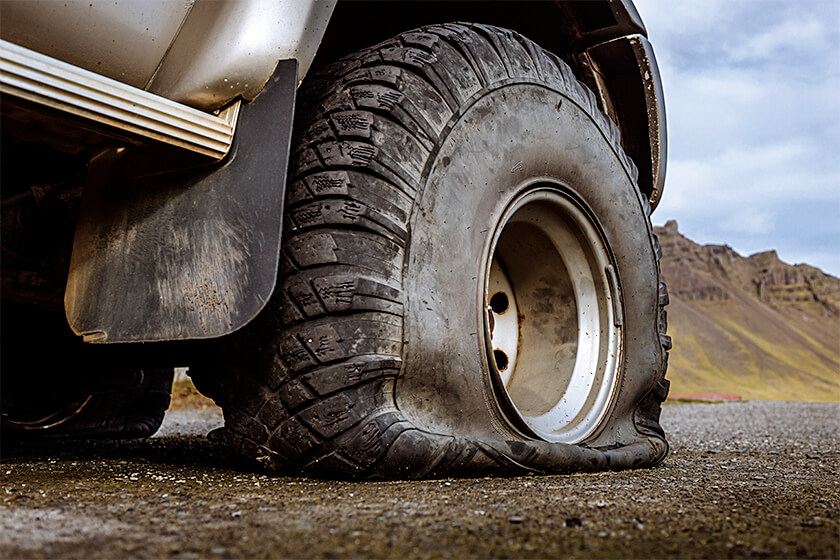 It’s up to the user to decide what inflation pressure to use as long as it meets or exceeds the minimum. So, if 70 psi is the minimum, what happens to the tire when it’s “over-inflated” by 30 psi?
It’s up to the user to decide what inflation pressure to use as long as it meets or exceeds the minimum. So, if 70 psi is the minimum, what happens to the tire when it’s “over-inflated” by 30 psi?
While it’s not as much of a concern as it once was — and this does vary across tire brands and models — the inflation pressure can influence the size and shape of the tire’s contact patch. An ideal contact patch for a typical drive or trailer tire would be roughly a 10-inch square. Over-inflated tires can exhibit a narrower contact patch, rounded at the front and back, which illustrates that there’s less rubber actually contacting the pavement. You’re more apt to see this in a lightly loaded tire with high inflation pressure.
Edge wear can increase, and traction is compromised, especially when lightly loaded. It also stiffens the tread face, making it more susceptible to stone drilling and punctures.
We aren’t suggesting you reduce your tire pressures to 70 psi, but something less than 100 might provide longer tire life and happier drivers due to improvements in the ride quality.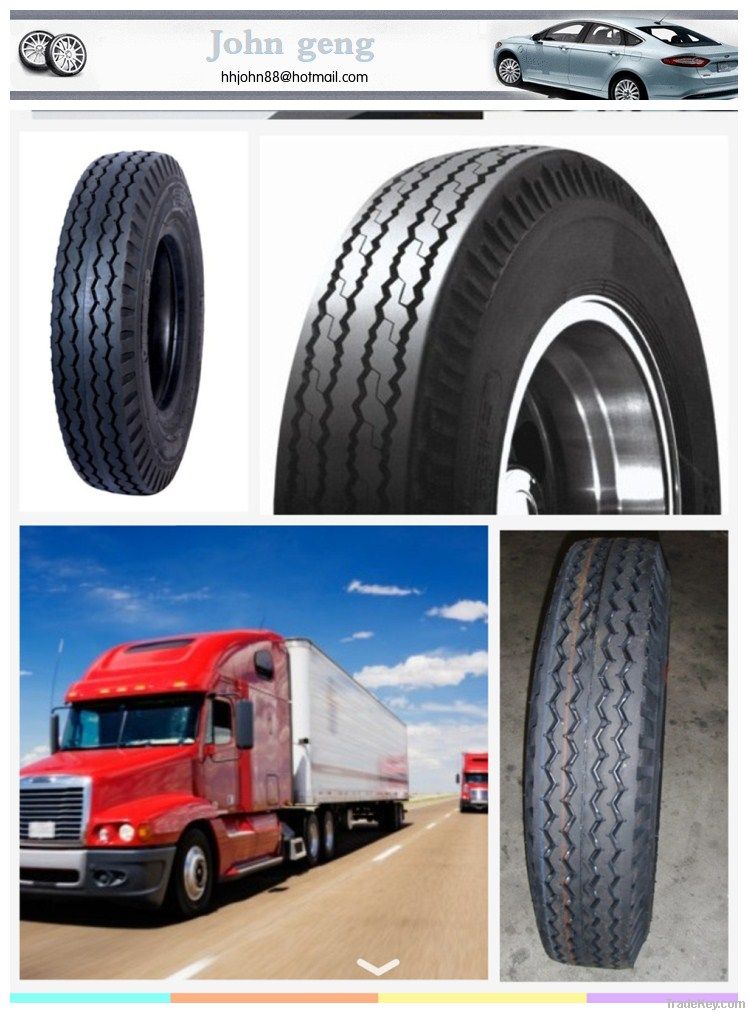 We know of one American fleet that tried 70 psi in its drive tires. The results in terms of ride quality and tire wear were very good, but they kept getting pulled around back at the scales because the inspectors saw higher-than-normal sidewall deflection, and believed the tires to be “run-flats”.
We know of one American fleet that tried 70 psi in its drive tires. The results in terms of ride quality and tire wear were very good, but they kept getting pulled around back at the scales because the inspectors saw higher-than-normal sidewall deflection, and believed the tires to be “run-flats”.
If any of this resonates with you, get your tire vendor on the phone to discuss inflation pressure. Don’t rely on anecdotal evidence or tribal knowledge. Tell them you want to see test results, footprint charts, etc. They should be happy to provide that information if it will make their tire last longer.
When it comes to fuel economy, there may be marginal gains, like 1-1.5%, from running over-inflated tires. But running tires out to 500,000, 600,000 and even 800,000 kilometers with fewer puncture failures will probably offset the fuel saving.
Have that conversation with your tire supplier, but not a party.
— This story has been updated to correct the name of Brad Summers, the shop manager at Liberty Linehaul. Today’s Trucking regrets the error.
Today’s Trucking regrets the error.
Any driver knows how important the proper technical condition of the vehicle is for a comfortable and safe ride. Even an insignificant, at first glance, breakdown or deviation from the established parameters can lead to serious consequences. There are simply no minor details that you can ignore in the car. One of these key points is the question of what should be the pressure in the tires of trucks.
The volume of air in tires is measured using a special device - a manometer. This device allows you to determine the amount of air masses in kilograms per 1 sq. see products. Measuring measures are carried out by vehicle drivers regularly (at least once a month), since tires with deviations from the standard values are not able to withstand the increased load.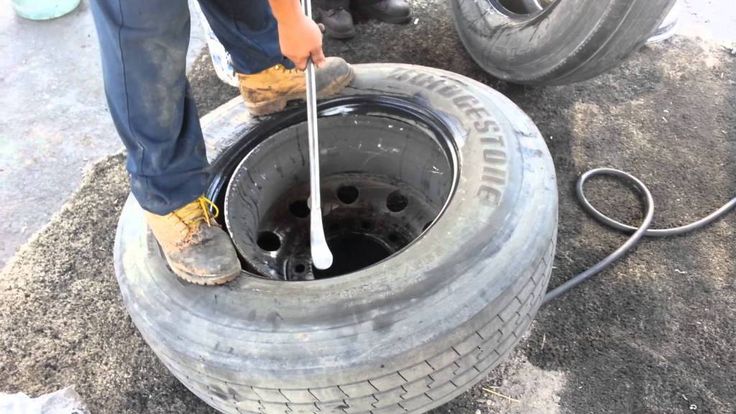
If the indicators are below the norm, the transport will become unstable on the road. On such a machine it will be difficult to slow down. In addition, an under-inflated tire may rupture at any time, resulting in an accident. It is also impossible to pump the wheels - if the parameters exceed the established standards, the load on the undercarriage of the truck increases significantly. It will be very inconvenient to manage it, moreover, in such a situation it will not be possible to avoid uneven wear of rubber.
The volume of air masses in tires also depends on the temperature regime. When it gets colder by about 10°C, its amount automatically decreases. Simply put, if the owner of the vehicle last checked in the summer, measurements should be taken again with the onset of autumn frosts.
The cold season is a period when the driver should be especially careful.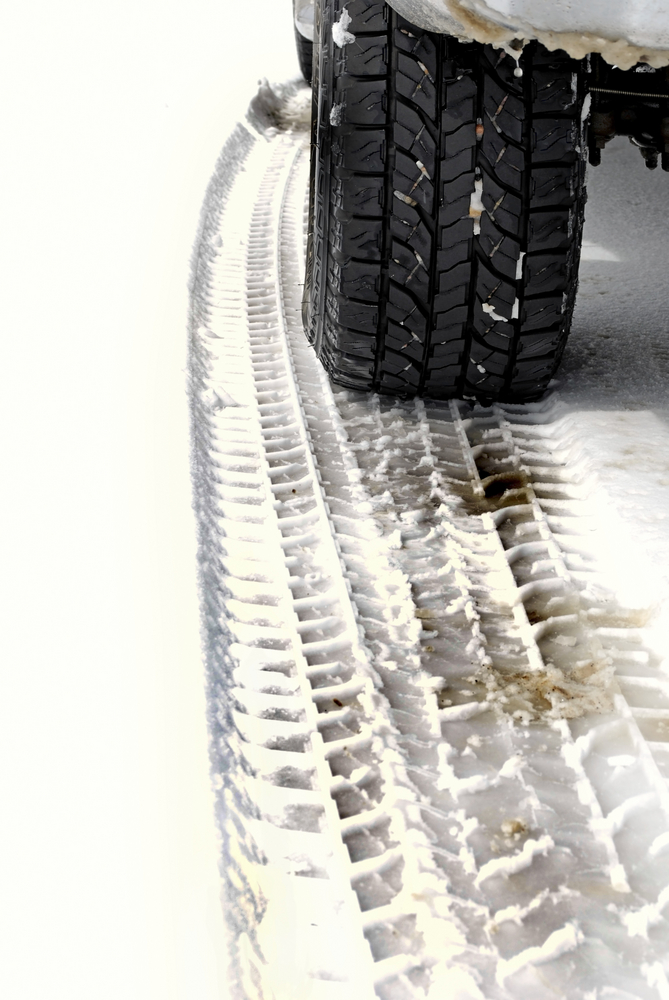
It is important to remember that as the temperature rises, the air expands, it becomes larger. As the degrees go down, it shrinks. Because of this, it is impossible to be sure that at the time of a sharp temperature drop, the indicators will correspond to the recommended pressure standards in truck tires.
Even if you have just recently pumped up to the standards, when it gets colder or warmer, the situation will change, so you need to repeat the checks.
Despite the fact that very little time has passed between them, tires will most likely have to be pumped up.
In a car park or a heated garage, it will be difficult to notice the difference. Changes will become noticeable when the car leaves for the cold. Ideally, it is best to measure and inflate tires right on the street.
Inflating should also be done in the spring, when temperatures are above 0°C, and at the end of the summer season, before changing to winter tires.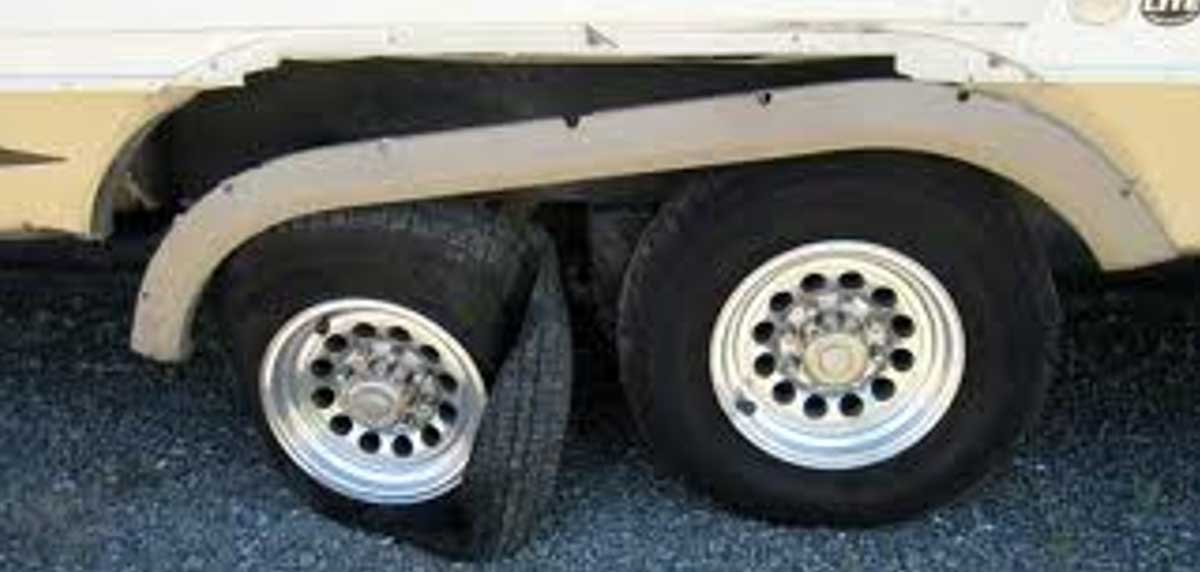
Naturally, a motorist is not exempt from systematic monitoring of the condition of tires. The higher the temperature, the greater the expansion of the air masses in the tires. Excessive air content tends to "leave" through the chambers. Its quantity can also rapidly decrease even due to minor damage to the integrity of products.
When figuring out what pressure should be in the wheels of a truck and how many atmospheres are needed, you should know that the process of selecting the desired values involves the following steps:
 Each category of truck has its own regulations that are relevant in cases of long trips.
Each category of truck has its own regulations that are relevant in cases of long trips.
As a rule, the recommended values for them are not the same. This is explained by the difference in the degree of load on the wheels located in front and behind the vehicle. In this case, the parameters in one wheel pair should not differ.
Many put on the rear axle approximately 0.1-0.2 bar less. It is important to remember that too large discrepancies are not allowed. Otherwise, at high speed, the vehicle will drift to the side, and it will become much more difficult to control it.
There are three categories of indicators:

The limit values are marked on the side of the rubber according to the manufacturer's standards. Exceeding the level is unacceptable, otherwise it is likely that the wheel will simply collapse during continuous operation.
The most acceptable value assumes an ideal ratio of load and amount of air masses in the tire. As a rule, few people manage to achieve such a balance, because each time the machine is loaded differently. It is simply impossible to quickly adjust the parameters.
The manufacturer puts down his own data in the data sheet. The manufacturer recommends the preferred volumes according to the particular brand of truck. Failure to follow these recommendations will result in premature failure of the wheel set. Neglect of factory standards ultimately makes the operation of equipment unprofitable.
When looking at the recommended air pressures for truck tires, you need to understand that all these standards are set for a reason.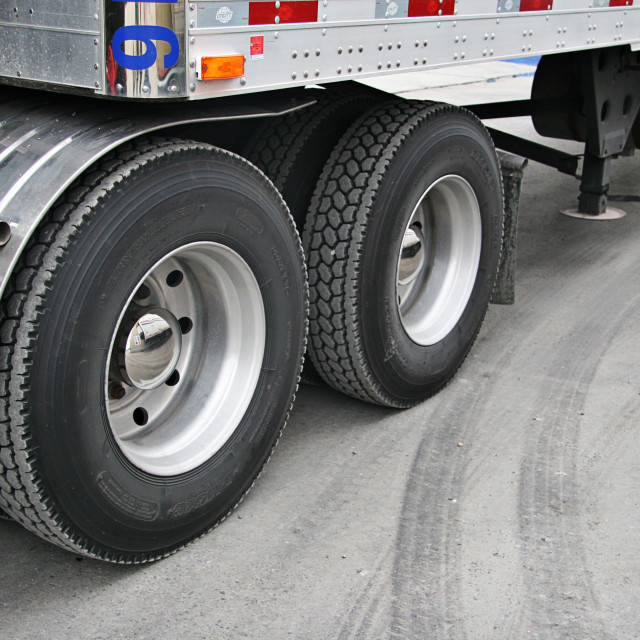 Ignoring operating conditions is fraught with a number of unpleasant consequences:
Ignoring operating conditions is fraught with a number of unpleasant consequences:
That is why you should follow the rules prescribed in the technical documentation of the truck. All the necessary information is usually found in the table attached to the technical documentation. If this document is lost or not available to you at the moment, the data can be viewed on a metal plate placed between the cab doors.
It is impossible to inflate vehicle tires without taking into account the climate and operating conditions of the vehicle in a certain season.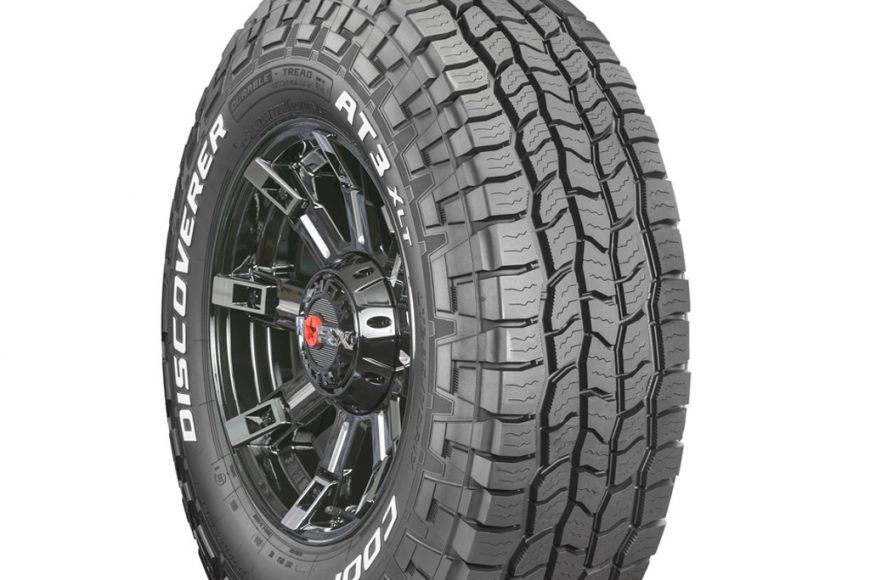 A change in temperature in the positive direction by 20 degrees leads to an increase in the volume of air masses in the tire by about 0.7 bar.
A change in temperature in the positive direction by 20 degrees leads to an increase in the volume of air masses in the tire by about 0.7 bar.
In the cold season, when the thermometer drops sharply by the same number of units, the pressure will drop by 0.6-0.8 bar. With a heavy load, the values \u200b\u200bwill differ from the norm even more.
Non-compliance with regulations is fraught with various unpleasant consequences. They should be remembered before negligently refers to the issue of pumping:
If the values exceed the norm, the contact patch with the road surface decreases.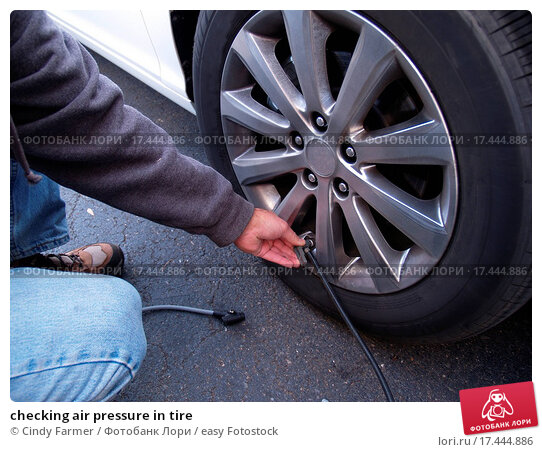 This, in turn, leads to the following problems:
This, in turn, leads to the following problems:
If you are wondering how many atmospheres of pressure should be in the wheels of a truck, it is important to know that when the air volume parameters are lower than recommended, the car will sag on the road. This situation threatens:
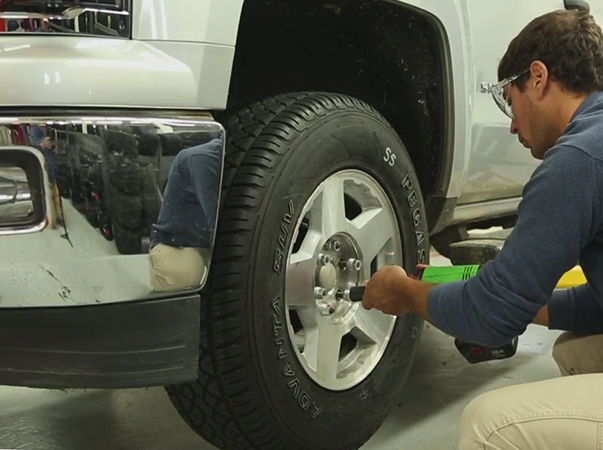
Determining the correct value is easy. It is enough for the driver to study the technical instructions attached to the vehicle. As a rule, two numerical values are put down in it: for an empty and loaded car.
If there is only one digit, this is the data for an unloaded car. When transporting heavy loads, it is recommended to increase the pumping by 0.3-0.5 atmospheres. When planning a long route, you should also pump up the wheels additionally.
Compliance must be observed, otherwise the service life of the truck will be significantly reduced.
The standards are prescribed in the technical passport. In addition, you can see the information on a small nameplate (small metal plate) located in the doorway of the cabin body.
The recommended value, which the manufacturer indicates in the technical documentation, is 3.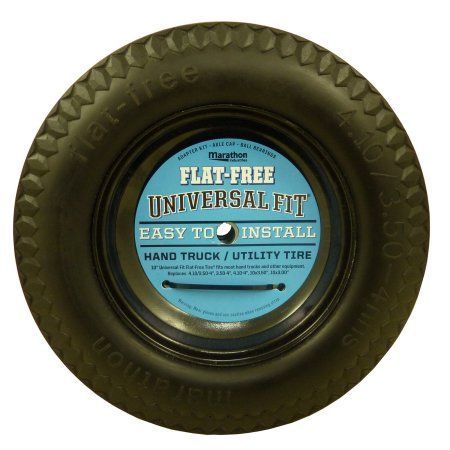 0 atmospheres. But depending on the operating conditions, the load, the climate and the quality of the road surface, the owners of such machines often do not comply with the established standards.
0 atmospheres. But depending on the operating conditions, the load, the climate and the quality of the road surface, the owners of such machines often do not comply with the established standards.
For loaded vehicles, drivers usually increase the figures to 3.4-4.0 atm. This is relevant not only for GAZ, but also for other trucks.
Each owner of the equipment strives by all means to extend its service life. The wheels are inflated more to ease rolling and reduce product wear. On average, car owners adhere to a certain level of permissible deviation of 0.5 atmospheres from the prescribed data in the technical documentation. The car behaves more pliably on the road, it is much more convenient to ride it. Especially when the vehicle overcomes the path on a not too smooth road surface empty.
The values obtained during measurements are not always extremely accurate.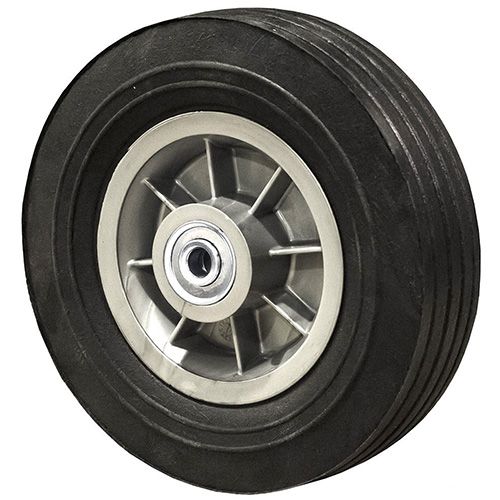 Among the factors affecting the presence of minor deviations, there are:
Among the factors affecting the presence of minor deviations, there are:
Experienced drivers confirm that not only measuring instruments can be inaccurate, but also sensors installed by the manufacturer. On the way, the tires heat up, the air masses inside them, respectively, too, which is why the sensors show that the wheel is overinflated. When the vehicle stops, the temperature returns to normal and the device returns correct data.
The rubber profile of trucks is not the same, because of this there is a difference in pressure. So, if the profile value is 17.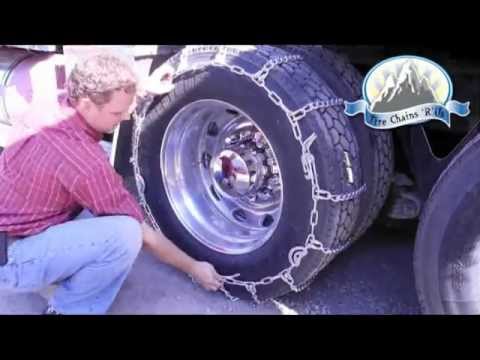 5, the value for the front tires will be 5.4 atmospheres, for the rear - about 6.0 atm. For products with an indicator of 22.5, the numbers will be slightly different (5.0-6.0). Information is presented taking into account the workload of the car.
5, the value for the front tires will be 5.4 atmospheres, for the rear - about 6.0 atm. For products with an indicator of 22.5, the numbers will be slightly different (5.0-6.0). Information is presented taking into account the workload of the car.
If you systematically drive with overinflated tires, the tire will begin to wear out in the central part of the tread. When operating the vehicle with insufficient air volume in the tires, wear will become apparent on the sides (even on both sides of the center).
Thus, the state of the tread grooves must be constantly monitored in order to timely determine the causes of uneven wear. If you want to protect yourself from excessive fuel consumption, shaking even on a flat road surface and vibration, do not ignore these recommendations.
When inflating tires, you should always adhere to the set value. Otherwise, it will not be possible to avoid problems during the operation of the tires.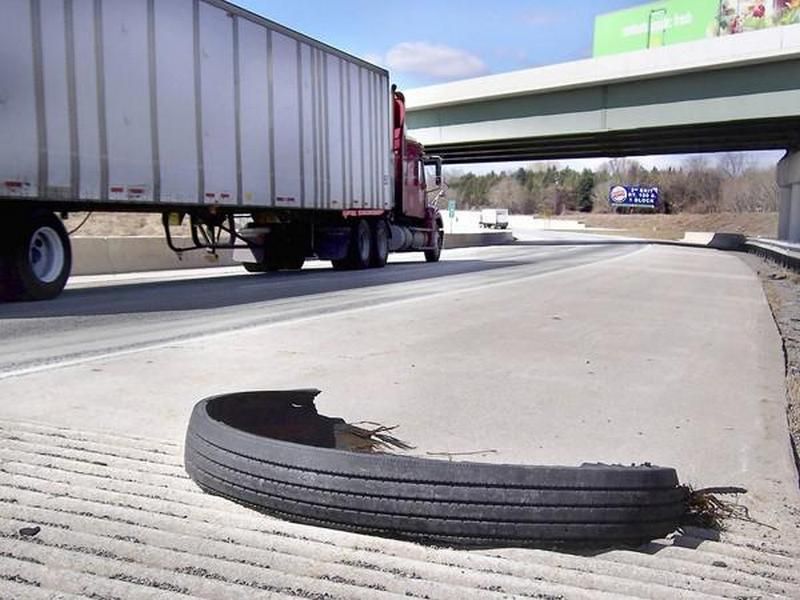 Although experienced truck drivers not only follow the rules, but also independently select the optimal parameters for their vehicle in order to ensure maximum convenience and safety on the roads.
Although experienced truck drivers not only follow the rules, but also independently select the optimal parameters for their vehicle in order to ensure maximum convenience and safety on the roads.
For front axle:
| Size | Atm value | Ultimate load (t) | |||||
| 4.4 | 4.9 | 5.4 | 5.9 | 6.4 | 6.9 | ||
| 10.00R20 | 5.4 | 6.2 | 6.9 | 7.6 | - | - | 6 |
| 12.00R20 | 5.3 | 5.9 | 6.6 | 7.1 | 7.9 | 8.4 | 7.5 |
| 13R22.5 | - | - | 6.1 | 6.6 | 7.4 | 7.9 | 7.5 |
275/80R22. 5 5 | 5.6 | 6.5 | 7.1 | 7.9 | 8.7 | - | 6.5 |
| 295/60R22.5 | - | 6.7 | 7.4 | 8.1 | 8.9 | - | 6.5 |
For rear axle:
| Options | Value in atmospheres | Maximum load | |||||
| 7.9 | 8.9 | 9.9 | 10.9 | 11.9 | 12.9 | ||
| 10.00R20 | 5.4 | 6.2 | 7.0 | - | - | - | 10.9 |
| 11.00R20 | - | 5.7 | 6.4 | 7.1 | 7.9 | - | 12 |
| 12.00R20 | - | 5.4 | 6.1 | 6.9 | 7.7 | 8.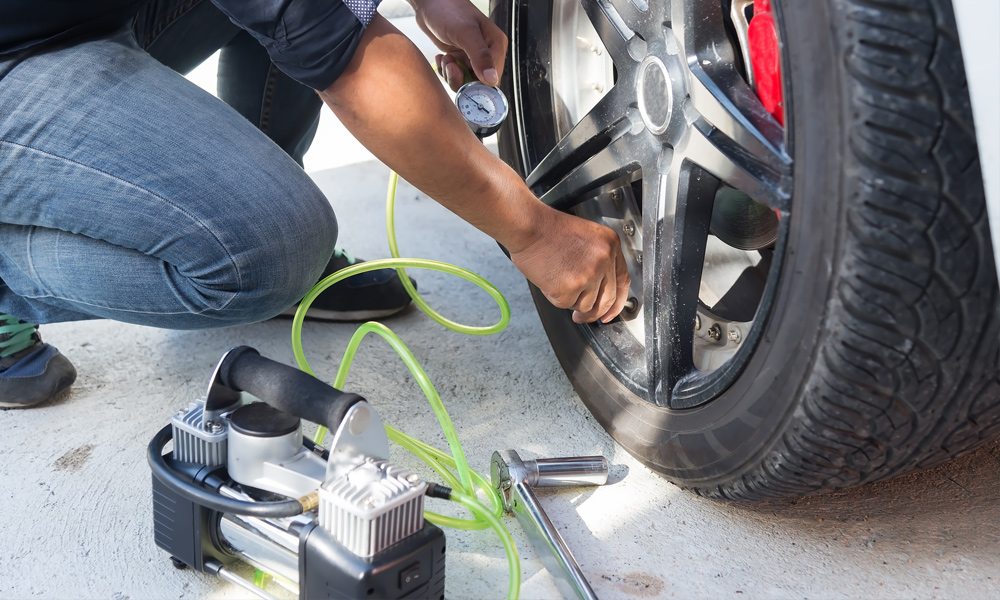 4 4 | 13 |
| 11R22.5 | 5.1 | 5.9 | 6.7 | 7.4 | - | - | 11.6 |
| 13R22.5 | - | - | 6.1 | 6.4 | 7.4 | 7.7 | 13.4 |
| 295/60R22.5 | - | 6.4 | 7.2 | 8.1 | 8.9 | - | 12 |
| 315/80R22.5 | - | 5.1 | 5.6 | 6.3 | 7.0 | 7.2 | 13.4 |
The above data on the standards will help truck owners understand the question: what tire pressure standards for trucks exist depending on the load on the axle bases and tire size. And you can always buy new, high-quality tires for your transport in our online hypermarket vezikolesa.ru. Leave a request on the website or call the phone number listed in the contacts section to clarify information on the availability and ordering.
Material worked on:
Andrey Terekhov
Mechanic
With mileage, the technical condition of tires changes, which affects the performance of the car and traffic safety. Therefore, it is important to monitor the uniformity of wear of all tires, and also to prevent the operation of the vehicle, the residual height of the tire tread of which is lower than the minimum allowable. The task of preventing premature wear and destruction of tires is very complex and is associated with the ability to determine their types, accurately identify the cause that caused each specific tire failure. The increased wear of your car tires is influenced by many factors, or, to put it bluntly, violations. The fact is that many car owners do not follow the basic rules for maintaining their own or working car.
The fact is that many car owners do not follow the basic rules for maintaining their own or working car.
This happens either due to ignorance or negligence. Due to the periodic and timely inspection of car tires, you can get complete and necessary information about the condition of the wheels and tires, the degree of wear, identify defects that are dangerous for traffic safety, determine the causes of tire wear and the features of car operation.
In addition to safety, tire condition affects handling, driving dynamics and fuel consumption . The latter is especially important for trucks and car owners with high daily mileage. Some tire manufacturers claim in their flyers that their tires will not only last longer, but will also save fuel. Let's see how tires really affect a car's fuel consumption. In a truck, this is of course more noticeable than in a passenger car, due to the large number of wheels and high loads. The rolling resistance of an entire vehicle consists of a whole list of resistances: air resistance, overcoming inertia forces during acceleration, internal resistance of engine and transmission components, and tire resistance.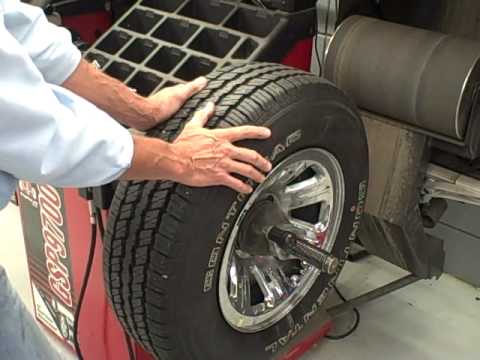 We will not dwell on all these factors and focus on tires.
We will not dwell on all these factors and focus on tires.
The total rolling resistance of tires is also made up of several components. Contrary to popular belief, tire friction on the road surface of is only 5%. A little more (about 15%) falls on air resistance . The lion's share of the energy expended (about 80%) is spent on tire deformation . If the tire is rolled along the road with no load at all, then before stopping, it will move for a long time. But if the tire is loaded so that its lower part begins to deform (compress), after the initial impulse it will stop very quickly. This clearly demonstrates how much energy is spent on the constant deformation of the tires.
Thus, car owners may want to buy tires that will deform minimally, and therefore create less rolling resistance. Now in the market such an option is quite possible to find. As a rule, these are inexpensive budget-class tires. A stiffer carcass, although it gives some fuel economy, at the same time can present an unpleasant surprise in the form of a tire explosion. You just need to run into any object with sharp edges (stone, piece of iron, etc.). By the way, a similar situation can happen with premium tires. Some drivers, mostly trucks, inflate their tires on purpose to save fuel, without realizing that uneven wear will appear.
You just need to run into any object with sharp edges (stone, piece of iron, etc.). By the way, a similar situation can happen with premium tires. Some drivers, mostly trucks, inflate their tires on purpose to save fuel, without realizing that uneven wear will appear.
The chassis geometry of the also has a significant impact on fuel consumption. Even minor deviations entail extra costs. Firstly, tires wear out faster, and secondly, fuel burns more. When the wheels, figuratively speaking, go in different directions, additional energy is spent on their "drag". For example, if at one meter the wheel “leaves” only 2.5 mm, then at a kilometer it turns out that the wheel will “drag” to the side by 2.5 m. 2.5 kilometers at full load.
Normal tire wear
Tire inspection provides you with information about the condition of the tires and wheels, how the vehicle is used, possible defects, and driving style. So, for example, a sporty driving style leads to a different tire wear pattern than a quiet one. For a correct assessment, it is necessary to inspect all the wheels. This is especially evident in the example of a passenger rear-wheel drive car, since the load is distributed differently between the driving and steered wheels in it.
For a correct assessment, it is necessary to inspect all the wheels. This is especially evident in the example of a passenger rear-wheel drive car, since the load is distributed differently between the driving and steered wheels in it.
Tire wear as a function of air temperature
Tire wear as a function of driving speed
While driving, tire wear is determined by measuring the remaining tread height. Tire wear must be uniform over the entire circumference; when the minimum tread height is reached, the tire is considered completely worn out and must be replaced. Tire wear is primarily determined by driving style. Hard acceleration and braking wears out the tire faster than steady motion.
Drive and steer wheels have different wear patterns due to different loads. Steered wheels wear more on the sides, since it is on this part of the tire that the main load in the turn occurs. The tires on the drive wheels wear more in the middle , since it is this part of the tire that contacts the asphalt and transmits the rotation of the wheel to the road. On vehicles with front-wheel drive, the wear is "cumulative" - in this case, the entire tire wears out evenly and its central part and sides.
On vehicles with front-wheel drive, the wear is "cumulative" - in this case, the entire tire wears out evenly and its central part and sides.
One-sided wear (possible reduction in mileage from 15% to 30%) - occurs more often than others, since there are several reasons for its occurrence. One-sided tire wear can be caused by an error in suspension geometry. To determine the cause in this case, it is necessary to check the toe-in and camber. Wear on the outside of the tire can be caused by excessive positive toe or camber . Wear on the inside of the tire, on the other hand, causes excessive negative toe or camber. Driving with zero camber results in even but increased tire wear. In addition, it increases the tire's rolling resistance and increases fuel consumption . In addition to the tires of the steered axle, tires of other axles can also be subject to one-sided wear - again due to problems with the geometry. This is either a lack of alignment, or deformation of the axes themselves. On steering tires for tractors, one-sided wear may appear due to the operating conditions of the vehicle. Another reason is cornering at high speeds. To prevent one-sided wear, you need to monitor the condition of the chassis, periodically check the geometry and abandon the aggressive driving style.
On steering tires for tractors, one-sided wear may appear due to the operating conditions of the vehicle. Another reason is cornering at high speeds. To prevent one-sided wear, you need to monitor the condition of the chassis, periodically check the geometry and abandon the aggressive driving style.
Bilateral and central wear (possible reduction in mileage from 5% to 10%) appear for the same reason - a mismatch in tire pressure. When the pressure is below normal, the tire begins to wear more at the edges, and bilateral wear is obtained. The same thing happens during overload - the tire, even with normal pressure, rides as if it were lowered. Fans of pumping tires get a different result: the load on the contact patch is not distributed evenly, but closer to the center, which means that the tire wears out faster in the central part of the tread. Anyone who monitors tire pressure and does not overload the car does not encounter such problems.
Multiple circumferential wear
Patchy wear (possible 10% to 20% reduction in mileage) is a direct result of imbalance. It is especially characteristic of steering axle tires, but can appear on all axles. If such wear has become visible to the naked eye, the problem is obvious. Balancing will correct the situation, but only partially: a wheel that has lost its roundness will wear out more intensively. Therefore, it is more expensive to ignore balancing when buying and installing new tires. Repeated wear spots around the circumference of the tires can cause suspension failure (arms, dampers, springs). After diagnosing and repairing the suspension, the tire must be replaced, since this wear pattern no longer ensures its uniform rotation, and the wheel will “beat”.
Spot wear
Spot wear in one spot is the result of emergency braking with a locked wheel. The uniformity of rotation of the wheel in this case is also broken and the tire will have to be replaced. If you leave the car for a long time in the parking lot, then there is a risk of flat areas on the tires, which then during the movement will cause the wheels to vibrate. It is recommended to increase the pressure in the tires if you leave the car for a long time. A similar effect can also be caused by stopping the car after intense sports driving - heated tires are easily deformed at the points of contact with the road surface and practically “freeze” in this state. This defect is easy to fix - after warming up the tires, they will again acquire a round shape.
If you leave the car for a long time in the parking lot, then there is a risk of flat areas on the tires, which then during the movement will cause the wheels to vibrate. It is recommended to increase the pressure in the tires if you leave the car for a long time. A similar effect can also be caused by stopping the car after intense sports driving - heated tires are easily deformed at the points of contact with the road surface and practically “freeze” in this state. This defect is easy to fix - after warming up the tires, they will again acquire a round shape.
Comb (sawtooth) wear (10% to 20% reduction in mileage possible) is a form of uneven wear. It can often be seen on drive axle tires with a block tread pattern. It is caused by the fact that during the movement the tire is deformed - at the point of contact with the road, the tread is pressed inward (the blocks are crushed and dragged along the road surface), and as the wheel rotates, it straightens again. This leads to the fact that the tread wears more on the front edge than on the back. The result of this wear is an increase in tire rolling noise. It is impossible to avoid the appearance of comb wear, but with the help of permutations, its negative effect on tire mileage can be leveled. Drivers can also influence the situation: if you step on the gas pedal as smoothly as possible, comb wear will be minimal. To even out this wear, tires are usually swapped, as tires on a non-drive axle are more susceptible to this wear. Low tire pressure also increases sawtooth wear.
This leads to the fact that the tread wears more on the front edge than on the back. The result of this wear is an increase in tire rolling noise. It is impossible to avoid the appearance of comb wear, but with the help of permutations, its negative effect on tire mileage can be leveled. Drivers can also influence the situation: if you step on the gas pedal as smoothly as possible, comb wear will be minimal. To even out this wear, tires are usually swapped, as tires on a non-drive axle are more susceptible to this wear. Low tire pressure also increases sawtooth wear.
Driving with the wrong tire pressure
Insufficient tire pressure causes the tire to flex in the middle and wear out at the edges as a result. Excessive pressure in the tire leads to the opposite effect - its middle part wears out. It is authentically known that it is impossible to create an ideal tire. If you make it economical, it will be too rigid and unsafe. Conversely, a soft, durable tire with good grip will inevitably have increased rolling resistance.